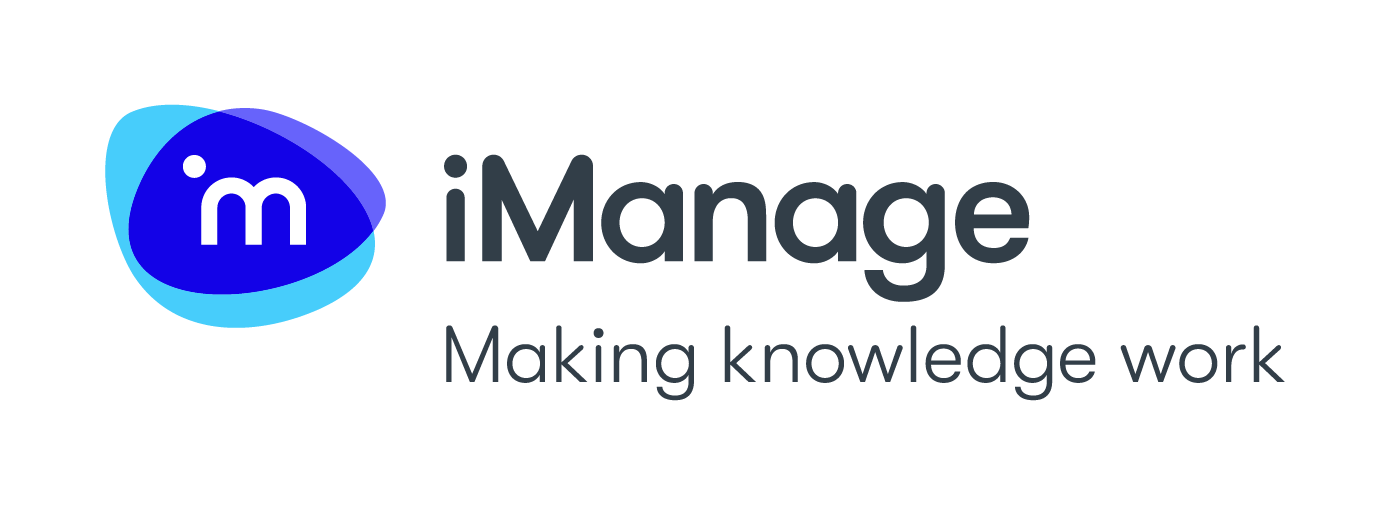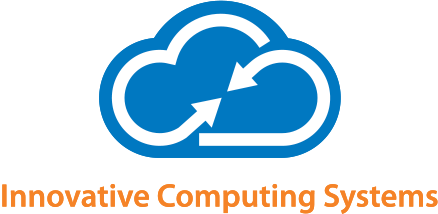By Kevin Talbot
Attracting top talent and enhancing organizational wellbeing are interconnected—advancing one goal moves the other forward. That’s because a well-earned reputation for a great workplace culture, anchored by competitive compensation and benefits, draws job candidates who strengthen wellbeing. They’re motivated by their environment to perform at their best.
By taking a holistic approach to employees’ physical, emotional, career and financial wellbeing, employers can make the most of compensation and benefits. An integrated focus on these interrelated needs helps attract a multigenerational workforce at the right cost structure. When this happens, the odds favor an exceptional employee experience that drives higher engagement and better business results.
The keys to successfully attracting talent
An intentional approach to recruiting that’s well thought out and mapped in advance leads to better outcomes. Part of this proactive effort should take place outside the talent marketplace—with a focus on the quality of the employee experience inside the organization. That’s why the keys to attracting the right talent include not only clearly defining the employee role and candidate profile, but also offering transparent and balanced rewards, as well as creating a strong reputation for workplace culture.
Clearly defined employee role
Finding and hiring candidates who are a good fit for a position starts with clearly defining and documenting roles, responsibilities, goals, accountability expectations, progress metrics and rewards right from the outset. Transparent communication on how business and performance management decisions are made also inspires trust up front.
The scope of available personal and professional development should be clearly outlined within the role and include regular reviews and updates. Managers who converse openly and individually with team members about development, performance and rewards will be more attuned to these employees’ needs and priorities. At the same time, they’ll gain instructive insights on supporting each person’s career wellbeing. Besides these immediate benefits, there’s often an opportunity to identify shared perspectives and common preferences among employees, which helps them hone role descriptions for a better match with future candidates.
Clearly defined candidate profile
Success in attracting talent correlates with having a firm grasp of the qualifications needed from both the employer and candidate points of view. Employers should understand how generational differences may influence the importance of certain workplace cultural characteristics and benefits, and keep them in mind during the recruiting, vetting and hiring processes. For instance, a solid reputation for career path support and corporate social responsibility (CSR) often appeals strongly to workers in the earlier stages of their careers. Yet only 14% of employers have a clearly stated CSR policy.¹
Organizational levels can also inform and alter the approach to recruiting and hiring talent. A focus on job security and work fulfillment is important for attracting leaders and other employees with established careers, as well as ensuring they’re a good fit. For entry-level candidates, training and development tend to be high priorities, and an inviting and energizing organizational culture ranks somewhere on the list for just about everyone.
Transparent and balanced rewards
Frequent and consistent reviews of pay structure can expose imbalances and gaps across job levels, revealing possible needs or opportunities to adjust. Comprehensive changes may not be realistic, but intelligence that provides a comprehensive take on the current reality guides prudent decisions.
Incremental adjustments to rewards help set employers on the right course for offering more competitive pay, benefits and other rewards aligned more closely with employee values. A total rewards statement can be a powerful tool for communicating the full value of the employer-employee compact to individual employees. It should include monetary and non-monetary rewards that support career, financial, physical and emotional wellbeing.
Strong reputation for workplace culture
High engagement and low turnover are indicators of employee pride and a great organizational culture. Likewise, an employee’s engagement level is a measure of how they perceive the overall quality of their workplace opportunities and experiences. While most job candidates have no direct frame of reference for engagement potential, secondhand information is everywhere.
Connections to people, facts and opinions are easily and widely available across a broad conglomerate of social networks and relationship platforms. Employees readily share—and candidates eagerly seek—insights into workplace culture. According to a 2017 survey, the number-one reason candidates chose one job over another was company culture (23%), followed by career progression (22%) and benefits (19%).²
A reputation for a strong culture clearly counts in attracting as well as retaining top talent. Yet in another recent survey, just over half of employers said they have a highly engaged workforce, and 30% reported a turnover rate of 15% or more.¹ These findings underscore the importance of investing in policies and programs that provide a better employee work experience, especially in a highly competitive labor market.
There’s also evidence that HR management and healthcare cost control results are linked to providing employees with interesting and challenging work. More than twice as many employers that excel in both areas (58%) tried to provide gratifying work, compared with their peers (24%).³
These employers are also likelier to reinforce engagement by supporting employees’ career growth, including establishing processes to help managers communicate clear performance goals, give constructive feedback and address development needs. And more often, they recognize contributions by communicating to employees how their work performance positively impacts the organization’s strategy, mission, vision and values—at a rate that’s 30 percentage points higher.³
Employers can also make inroads into an improved workplace culture by conducting an engagement survey. Checking in with employees periodically about their perceptions and experiences gives them a voice in decisions that affect them and shows respect for their changing wants and needs. In addition, regular employee feedback provides an avenue for competitive benchmarking and maintaining a steady flow of insights to enrich organizational wellbeing.
The value of retooling total rewards as a total experience
There’s no denying that compensation and benefits are two critical sides of the equation for attracting employees, but the value of those wages and benefits can rise or fall within the context of the overall work experience. Truly well-rounded rewards are packaged with strong leaders who understand the importance of effective communications, clearly defined employee roles and goals, ongoing support for career development and deliberate performance management.
Lower employee replacement costs and increased productivity are the return on investing early in attracting the right talent—and succeeding. When these new employees become engaged, self-motivated internal brand champions, they elevate the competitive power of their employer’s external reputation.
¹Arthur J. Gallagher & Co., “2018 Benefits Strategy & Benchmarking Survey”, November 2018
²Society for Human Resource Management, “Candidates Choose Jobs Because of Company Culture”, February 2017
³Arthur J. Gallagher & Co., “Best-in-Class Benchmarking Analysis for Large Employers”, April 2019
Kevin Talbot, National Managing Director, Compensation & Rewards Consulting, leads a consulting group dedicated exclusively to compensation, benefits and governance. His expertise ranges from evaluating total compensation programs and designing performance-based incentive plans to developing global compensation philosophies and educating trustees and executives on the latest regulatory issues and industry trends. Kevin may be reached at [email protected].
Disclaimer: Consulting and insurance brokerage services to be provided by Gallagher Benefit Services, Inc. and/or its affiliate Gallagher Benefit Services (Canada) Group Inc. Gallagher Benefit Services, Inc. is a licensed insurance agency that does business in California as “Gallagher Benefit Services of California Insurance Services” and in Massachusetts as “Gallagher Benefit Insurance Services”. Neither Arthur J. Gallagher & Co., nor its affiliates provide accounting, legal or tax advice.





















